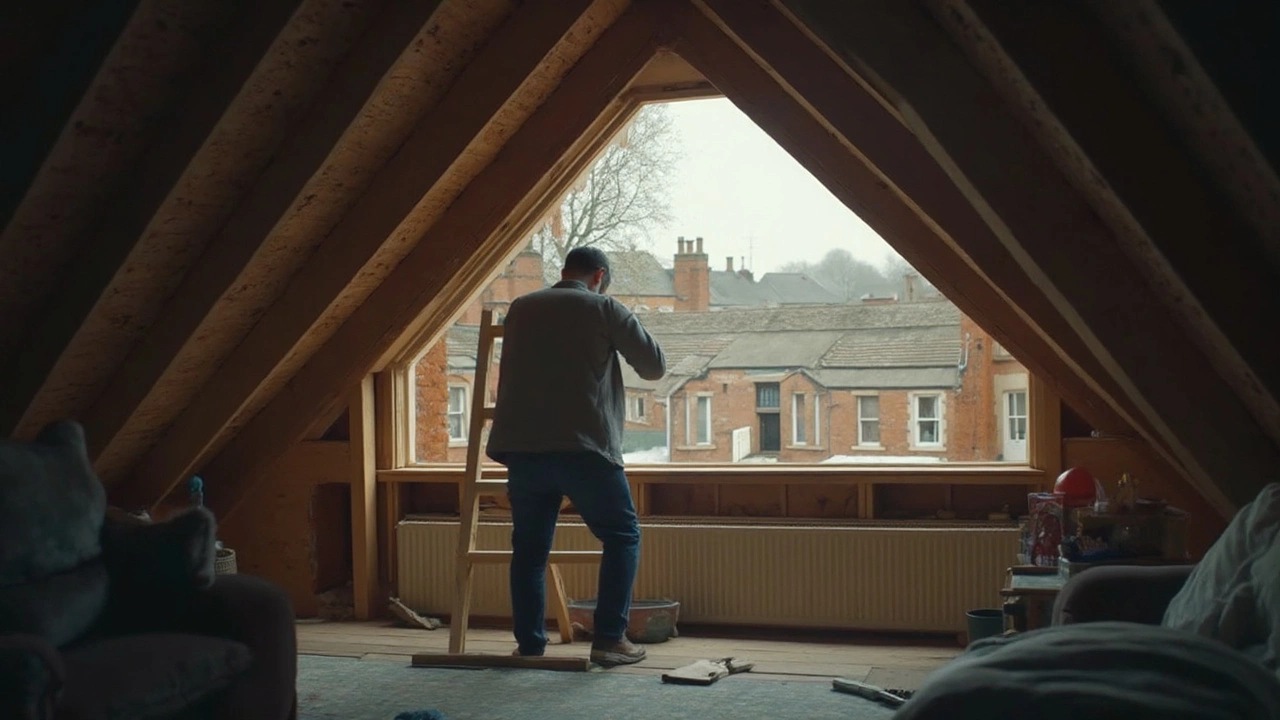Structural Concerns – How to Spot and Fix Foundation Issues
Every homeowner has that nagging feeling that something isn’t quite right under the floorboards. It could be a tiny crack in the wall or a door that sticks. Those little clues often point to bigger structural concerns. Ignoring them can lead to costly repairs, but catching them early saves money and peace of mind.
Common Signs Your Home Has Structural Problems
First up, look at the walls. Cracks that are wider than a hairline, especially if they form a stair-step pattern, usually mean the foundation is moving. Pay attention to doors and windows that won’t close properly – they often warp when the house shifts.
Floor unevenness is another red flag. If you notice a dip when you walk across a room or a floor that squeaks more than usual, the joists might be stressed. Check the ceiling for bulges or water stains; they can hide moisture that weakens structural elements.
Outside, the ground tells a story too. Persistent moisture, drainage problems, or soil that expands when wet can push against the foundation. Look for gaps between the ground and the exterior walls or for any visible tilting of the house.
Practical Fixes and When to Call a Pro
Some issues you can manage yourself. For minor cracks, a high-quality filler and sealant can keep water out and stop the crack from spreading. Improving drainage with a simple French drain or extending downspouts can reduce soil pressure on the foundation.
When you notice significant movement, like doors that refuse to align or large foundation cracks, it’s time to bring in a specialist. Professionals can assess whether you need piering, underpinning, or a complete foundation repair. These methods sound technical, but they essentially add support to the house’s base, keeping it level.
Don’t forget to keep up with regular inspections, especially after heavy rain or extreme temperature changes. A quick visual check each season can catch problems before they become emergencies.
In short, structural concerns are easier to handle when you know what to look for and act fast. Spot the signs, do the simple fixes, and call in the experts when the house shows serious movement. Your home will stay safe, stable, and comfortable for years to come.
What Lofts Cannot Be Converted? Avoid Costly Mistakes
- Gavin Whitaker
- |
- |
- 0
Some lofts can't be converted into usable spaces no matter how much you want that extra bedroom or home office. This article breaks down which lofts just won't work for a conversion, focusing on tricky ceilings, tricky structures, and local building reg rules. It also covers tips on things to check before hiring any builder. Get the facts and save yourself time, stress, and big money.
View more